MARKETING
7 Dos & Don’ts for Taking Charge of Your PPC Program (Again)

Over the past weeks, we’ve seen major economic changes due to the coronavirus and associated lockdowns.
Consequently, some companies are reluctantly letting go of their pay-per-click (PPC) marketing agencies and bringing those responsibilities back in-house.
In other cases, companies are making cuts to their marketing teams and shuffling responsibility for PPC to other team members.
Whatever the cause, many experienced marketers – who haven’t been hands on with PPC for many years – are now finding themselves with that responsibility again.
These marketers are now scrambling to get back up to speed.
If you find yourself in that situation, here are some dos and don’ts to help you get your footing.
1. Do Get Lean
Start by taking steps that will make managing these accounts simpler and easier.
Look at Your Ad Schedules
If your company currently has ads turned on all the time, it’s not a bad idea to tighten these schedules until you get a handle on things.
Reduce schedules to those days and times that are your best bets.
For example, you may want to stop running ads on weekends if those are historically less productive.
Tightening up these schedules can also help alleviate pressure to monitor these accounts 24/7.
Turn Off Broad Match Keywords to Limit Your Ad Spend
Or limit broad match only to hot revenue producing campaigns rather than development focused campaigns.
Again, this will help to alleviate pressure and keep spending under tighter control.
Tighten up Location Targeting
Again, this is the time to focus on your best bets and keep things simple – at least until you get a better handle on things.
2. Do Act Fast
This is not the time to ease into things slowly.
An unmonitored PPC account can experience unpredictable upticks in spend quickly.
So make a habit of checking your ad spend daily and getting on it right away.
And by daily, I do mean daily – even if it’s just a quick peek.
You never know when Google’s algorithms will throw things out of whack.
Alternatively, you can set up a daily budget tracking script.
This will save you from having to log your account every day to take a look.
You may also want to lower your daily budget for peace of mind.
Remember, even if you set your daily ad budget to maximum $100 (as a simple example), you can, in practice, spend more than that each day.
In case you missed it, in 2017 Google Ads changed its rules so that your campaigns can spend up to twice your average daily budget.
The “max daily budget” is now calculated over the course of a month, not day by day.
You won’t go over your monthly charging limit (which is the average number of days in a month multiplied by your average daily budget), but you might go over your daily limit on certain days.
If all this makes you nervous, consider lowering your daily ad budget from $100 (for example) to $75.
3. Don’t Expect Exact Match to Be Exact
Depending on when you last had your hands on a PPC account, you may still think of “exact match” (as a Google Ads keyword matching option) as exactly that – an exact match.
In other words, a match has to include the specified keywords, only those words and in the same order for an exact match to be made.
Ah, the good ‘ole days!
Unfortunately, this is no longer the case.
Google has updated its exact match rules to allow close variants.
Those variants allow for changes in word order or slight variations in spelling.
And since September 2018, exact matches now allow for keyword variations that share the same meaning.
(If you’re looking for a more in depth examination of this topic, Melissa Mackey has a great article about it: Close Variants Are Like Click Fraud – Here’s Why.)
4. Do Ask for Help
Does all this sound overwhelming?
Consider reaching to your former agency for help.
Sure, you may not be able to hand the controls over to them like before but perhaps you can work out a bare-bones arrangement.
After all, the current economic climate is very fluid.
Some PPC agencies might be happy to take on new or former clients with modified work arrangements.
5. Don’t Panic
As you’re relearning to manage these accounts, expect to get some surprises.
You may see a particularly large daily ad spend.
Or you may identify campaigns that look like total duds.
But whatever you encounter, resist the urge to panic.
Maybe you simply need to adjust down your budget to cope with how Google manages daily budgets and to keep things more comfortable.
And maybe that dud of a campaign isn’t a dud at all.
Do some digging, and you may find there’s an issue at the group or keyword level that you can fix.
So when these kinds of things come up, take a deep breath and do some digging.
Base your decisions on data, not gut reactions.
Otherwise, you might just make things worse.
6. Don’t Shut Down Your PPC Account
Given everything I’ve written here so far, you might be tempted to shut down your company’s PPC account to avoid all the hassle.
That would be a bad idea.
At a minimum, you’ll miss out on Google’s $340 million ad credits program.
This program will give ad credits to all small and medium size businesses that have had active accounts over the past year. (Although admittedly, some of the details of this program remain murky.)
At worst, you’ll set your company and its PPC program back significantly.
You’ll not only miss out on new opportunities, you’ll also open the door to your competitors.
Further, when you eventually reopen the account, you might find yourself with a massive clean-up job, lower click volumes and higher costs per click.
(In theory, you shouldn’t experience higher costs per click when you reopen a closed account.
But in practice, it’s something we see again and again with client accounts.)
7. Do Stay Positive
Depending on the industry you’re in, things might look dire.
But remember, our current situation won’t last forever – and hopefully, you’ll be able to get back to working with your agency or grow your marketing team again soon.
In the meantime, use these dos and don’ts to keep your sanity and stay the course.
Image Credits
Featured Image: Dreamstime.com
MARKETING
A Recap of Everything Marketers & Advertisers Need to Know

When rumors started swirling about Twitter changing its name to X, I couldn’t believe it at first. But then, in July 2023, as I searched for my favorite blue icon on the phone, I found a black icon instead. It had actually happened!
MARKETING
The key to correcting the C-suite trust deficit

Take a moment to search “CMO tenure” and you’ll find a wide variety of content discussing the short tenure of CMOs and how it’s among the shortest of roles in the C-suite. If you dive deeper, you’ll find that CEOs don’t seem to trust CMOs.
Boathouse’s CMO Insights study (registration required) noted several sobering conclusions:
- 34% of CEOs have great confidence in their CMOs.
- 32% of CEOs trust their CMOs.
- 56% of CEOs believe their CMO supports their long-term vision.
- And only 10% of CEOs believe their CMO puts the CEO’s needs before their own.
If these statistics also apply to the CMO’s entire organization, then it’s clear we have a trust problem with marketing leadership.
If you haven’t read Patrick Lencioni’s “The Five Dysfunctions of a Team,” I consider it required reading for anyone in any leadership role. In his book, Lencioni builds a pyramid of dysfunctions that need to be addressed for a team to succeed. The foundational dysfunction — with which one cannot build a successful team — is “absence of trust.” We see it at scale with marketing organizations today.
Introducing objectivity through data
In “Hamlet,” Shakespeare writes, “There is nothing either good or bad, but thinking makes it so.” Each organization that makes up a company looks at the company from a different perspective. What marketing sees as positive, finance may see as negative. But who’s right? No one.
Usually, there is no objectivity because leadership comes up with an idea and we execute it. It’s like the fashion proverb “Beauty is in the eye of the beholder.” Unfortunately, we’re going to struggle to run a profitable organization if it’s run like a fashion show.
Therefore, we need to introduce objectivity to how we work. Leadership needs to come together to agree on goals that align with the goals of the broader organization. One element of this conversation should be an acknowledgment that this is turning a ship.
Often leaders — especially those without marketing backgrounds — are likely to expect instant gratification. It’s going to take time to turn the ship and you and your team would do well to set reasonable expectations right away.
Dig deeper: KPIs that connect: 5 metrics for marketing, sales and product alignment
Aligning goals and metrics across the organization
With goals in hand, we need to assign metrics to their progress and agree on the source(s) of truth. Once these objective measures are in place, perspective doesn’t matter. 2 + 2 = 4 regardless of whether you’re in HR or accounting.
Every public road has a speed limit and whether you’re in compliance with it has nothing to do with your perspective. If you’re above it, you’re wrong and subject to penalties. Referring to the fashion example, it’s not a fashion show where some people like a dress and others don’t.
By using data to objectively measure marketing’s progress within the organization and having the rest of the leadership buy into the strategy, we build trust through objectivity. Maybe the CEO would not have chosen the campaign the marketing team chose.
But if it was agreed that a >1 ROAS is how we measure a successful campaign, it can’t be argued that the campaign was unsuccessful if the ROAS was >1. In this example, the campaign was an objective success even if the CEO’s subjective opinion was negative.
Data-driven campaign planning
Within the marketing organization, campaigns should always be developed with measurement top of mind. Through analysis, we can determine what channels, creative, audiences and tactics will be most successful for a given campaign.
Being able to tell the leadership team that campaigns are chosen based on their ability to deliver measured results across metrics aligned to cross-departmental goals is a powerful message. It further builds trust and confidence that marketing isn’t run based on the CMO’s subjective opinions or gut decisions. Rather, it’s a collaborative, data-driven process.
For this to be successful, though, it can’t just be for show, where we make a gut decision and direct an analyst to go find data to back up our approach. This would be analytics theater, which is a perversion of the data. Instead, tell the analyst what you think you want to do and ask them to assess it.
For the rest of the organization’s leadership, ask questions when the marketing team presents a campaign. Find out how they came up with the strategy and expect to hear a lot about data — especially the metrics you all agreed would support the company’s overarching goals.
Dig deeper: 5 failure points of a marketing measurement plan — and how to fix them
Data literacy: Building credibility through transparency
Building trust doesn’t happen overnight, but a sustained practice of using data to drive marketing leadership’s decisions will build trust if the metrics ladder up to the organizational goals and all of leadership is bought into the measurement plan.
Over time, this trust will translate into longer tenure and more successful teams through building the infrastructure needed to tackle Lencioni’s five dysfunctions.
Opinions expressed in this article are those of the guest author and not necessarily MarTech. Staff authors are listed here.
MARKETING
How Tagging Strategies Transform Marketing Campaigns


As a marketer, I understand how today’s marketing campaigns face fierce competition. With so much content and ads competing for eyeballs, creating campaigns that stand out is no easy task.
That’s where strategies like tagging come in.
It helps you categorize and optimize your marketing efforts. It also helps your campaigns cut through the noise and reach the right audience.
To help you out, I’ve compiled nine ways brands use a tagging strategy to create an impactful marketing campaign.
Let’s get to it.
How Brands Use a Tagging Strategy
Tagging involves using keywords or labels to categorize and organize content, products, or customer data. You attach tags to specific items or information to make searching, sorting, and analyzing data easier.
There are various types of tags, including meta tags, analytics tags, image tags, hashtags, blog tags, and more.
So, how do brands use a tagging strategy to make their marketing campaigns stand out?
Improve Social Media Engagement
With over 5 billion users, social media provides an easy way to connect with your audience, build relationships, and promote your offerings.
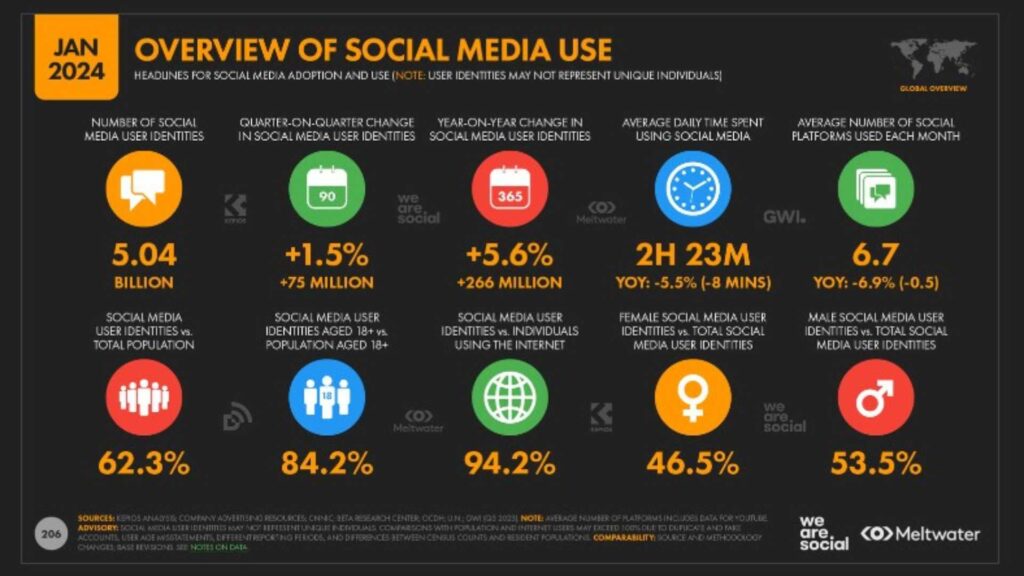

Use a tagging strategy to boost social media interactions. Consistently use hashtags that align with current trends and topics. This encourages people to interact with your content and boosts content visibility.
You can also use tags to monitor brand mentions of your products or your industry. This allows you to engage with your audience promptly.
Consider virtual social media assistants to streamline your tagging strategy. These AI-driven tools can suggest relevant hashtags, track mentions, and automate responses. Implementing them can save time and resources while ensuring consistent engagement across your socials.
Build a Personal Brand on LinkedIn
LinkedIn is the world’s largest professional networking platform, with over 1 billion members across 200 nations. It offers excellent opportunities for individuals and businesses to build and nurture their brands.
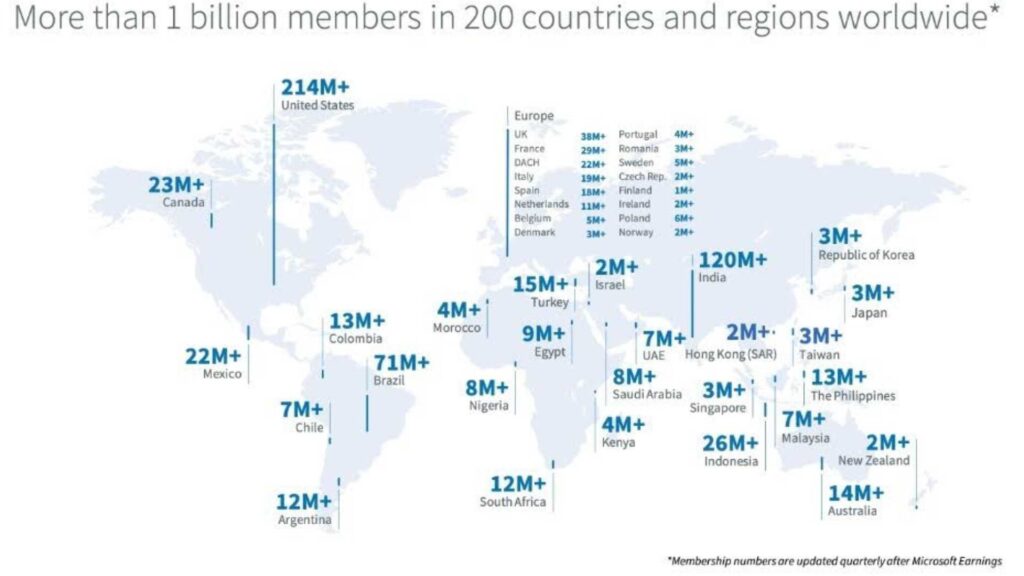

However, simply creating a professional profile isn’t enough to build a personal brand on LinkedIn.
Use various tags to increase your visibility, establish thought leadership, showcase expertise, and attract the right connections. For instance, use skill tags to showcase your expertise and industry tags to attract connections and opportunities within your industry. Use certification tags to help showcase your expertise and credibility to potential employers or clients.
Facilitate Customer Segmentation and Personalization
Personalization matters—more so in today’s data-driven world. In fact, 65% of consumers expect your brand to adapt to their changing preferences and needs.
To meet this expectation, consider using a tagging strategy.
Segment your customers based on shared characteristics, such as demographics, interests, purchase history, cart abandonment, and behavior.
Here’s a summary of the steps to customer segmentation.
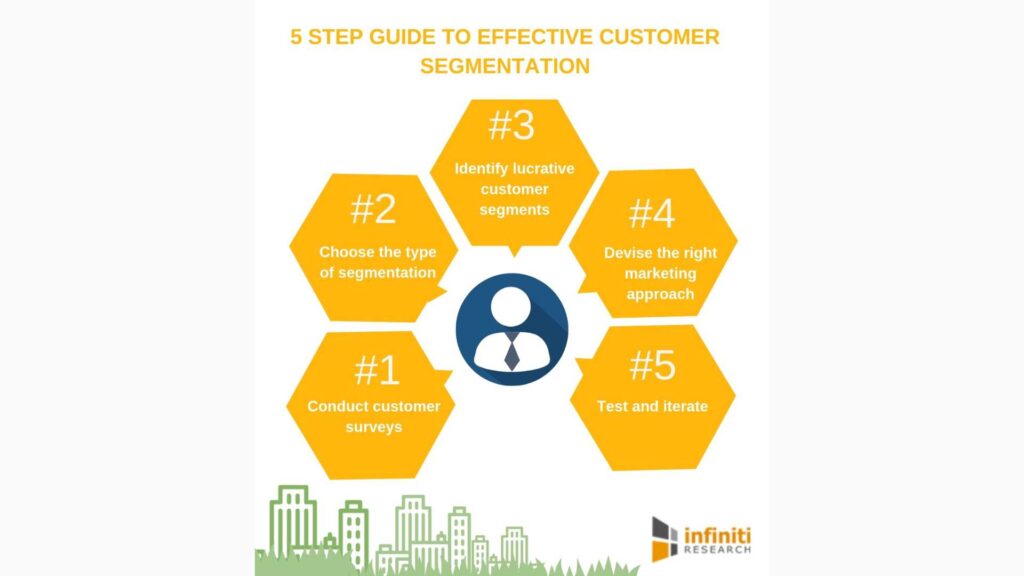

With your customer segments ready, use tags to tailor your marketing messages and offerings to specific segments. Imagine sending targeted email campaigns based on what your customers need. That’s the power of segmentation and tagging in action!
Enhance SEO and Content Discoverability
Tagging content can have a profound impact on search engine optimization (SEO) and content discoverability. When users search for specific topics or products, well-tagged content is more likely to appear in search results, driving organic traffic to your website.
Additionally, tags can help you analyze the most popular topics with your readers. Then, the results of this analysis can help you adjust your content strategies accordingly.
And get this— certain AI tools can help analyze your content and suggest relevant tags and keywords. Using these tools in addition to a tagging strategy can help optimize your SEO strategies and boost content discoverability.
Partner with the Right Influencers
Influencer marketing has become a go-to marketing approach for modern brands. Recent stats show that 85% of marketers and business owners believe influencer marketing is an effective marketing strategy.
But how do you find the perfect influencer for your campaign?
Utilize tags to identify influencers who are relevant to your niche. Beyond this, find influencers who align with your brand values and target audience.
Additionally, look for influencers who use hashtags that are relevant to your campaigns. For instance, fashion influencer Chiara Ferragni uses #adv (advertising) and #ghd (good hair day) hashtags in this campaign.


Monitor industry-specific hashtags and mentions to discover influential voices and build profitable relationships with them.
Track Hashtag Performance
Tracking your hashtag performance helps you understand your campaigns’ engagement, reach, and effectiveness.
To achieve this goal, assign special hashtags to each marketing project. This helps you see which hashtags generate the most engagement and reach, enabling you to refine your tagging strategy.
Here’s an example of a hashtag performance report for the #SuperBowl2024.
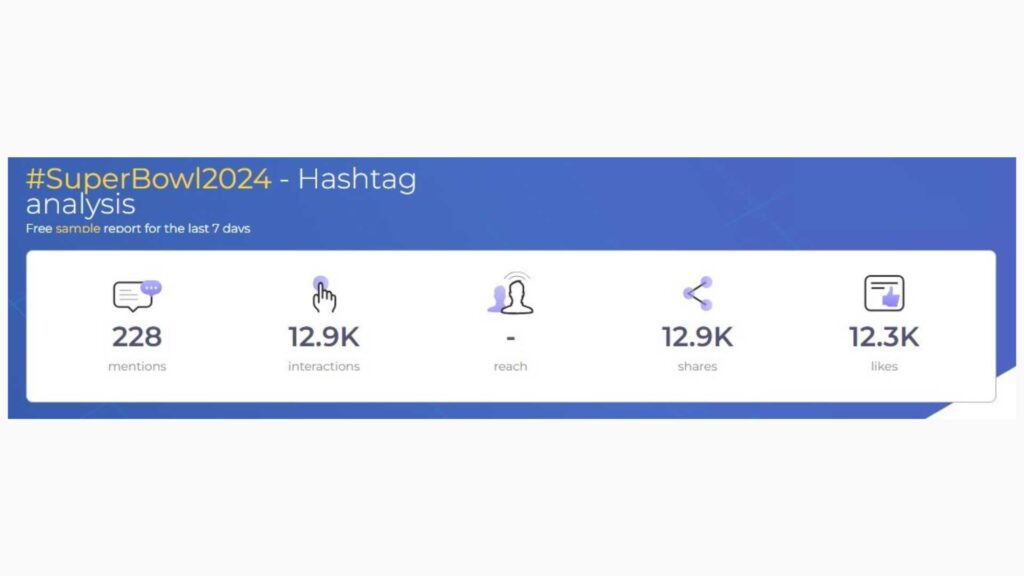

This curated list of hashtag generators by Attrock discusses the top tools for your consideration. You can analyze each and choose the one that best fits your needs.
Categorize Content Accordingly
The human attention span is shrinking. The last thing you want is for your audience to have difficulty in finding or navigating your content, get frustrated, and bounce.
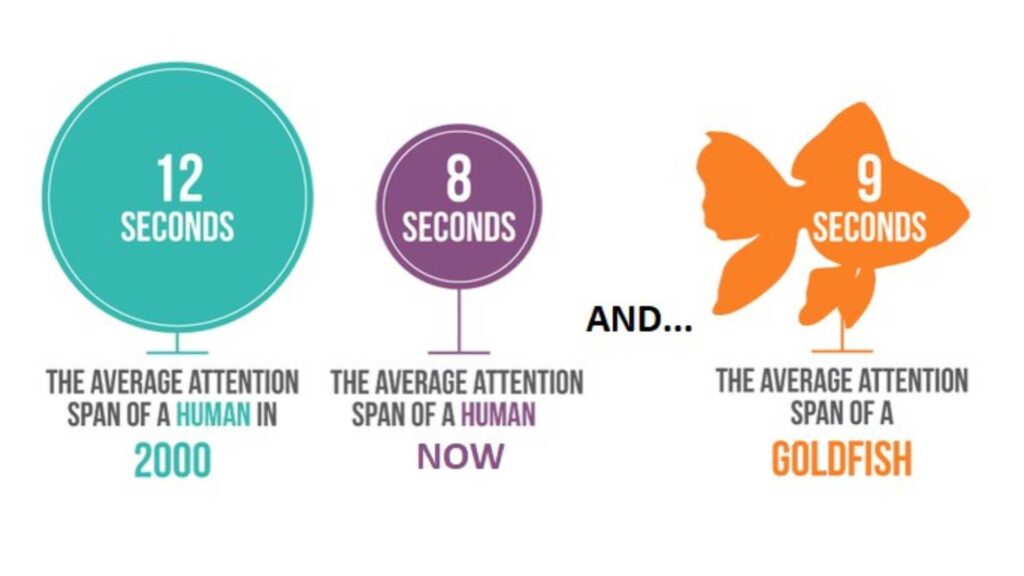

Untagged content can be difficult to navigate and manage. As any marketer knows, content is important in digital marketing campaigns.
To categorize your content, identify the main categories by topics, themes, campaigns, target audiences, or product lines. Then, assign relevant tags based on the categories you’ve identified. After that, implement a consistent tagging strategy for existing and new content.
Organizing your content using tags can also help streamline your content management workflow. Most importantly, readers can easily find the content they’re looking for, thereby boosting overall user experience, engagement, and conversions.
Boost Your Email Marketing Strategy
Email marketing remains a powerful marketing tool in today’s digital world. It’s also another area where brands use a tagging strategy to directly reach their target audience.
Use tags to segment your email list and personalize your marketing messages. Then, you can send targeted emails based on factors like purchase history, interests, and demographics.
Personalization can significantly improve open rates, CTRs, and overall engagement and conversion rates. It’s a simple yet impactful strategy to make your email marketing strategy more effective.
Plus, you can use tags to track how well your emails perform with each group. This helps you understand what content resonates best with your audience and provides insight on how to improve your emails going forward.
Enhance Analytics and Reporting
Every marketer appreciates the immense value of data. For brands using tagging strategies, tags are powerful tools for gathering valuable data.
Analyze how users interact with your tagged content. See which tags generate the most clicks, shares, conversions, and other forms of engagement. Gain insight into audience preferences and campaign effectiveness.
This granular data about your marketing efforts allow you to make data-driven decisions, allocate resources effectively, and refine your marketing strategies.
Final Thoughts
There isn’t a single correct way for brands to use a tagging strategy in marketing. You can use a tagging strategy however you see fit. However, the bottom line is that this strategy offers you a simple yet powerful way to create attention-grabbing and unique marketing campaigns.
Fortunately, tagging strategies are useful across various marketing initiatives, from social media and email marketing to SEO and more.
So, if you’re ready to elevate your marketing campaign, build a strong brand presence, and stand out among the competition, consider employing effective tagging strategies today.
-
SEARCHENGINES7 days ago
Daily Search Forum Recap: April 29, 2024
-
SEARCHENGINES6 days ago
Daily Search Forum Recap: April 30, 2024
-

 MARKETING5 days ago
MARKETING5 days agoHow To Develop a Great Creative Brief and Get On-Target Content
-

 SEO7 days ago
SEO7 days agoGoogle’s John Mueller On Website Recovery After Core Updates
-

 WORDPRESS6 days ago
WORDPRESS6 days ago13 Best Fun WordPress Plugins You’re Missing Out On
-

 SEO5 days ago
SEO5 days agoWhy Big Companies Make Bad Content
-

 SEO6 days ago
SEO6 days agoOpenAI To Show Content & Links In Response To Queries
-
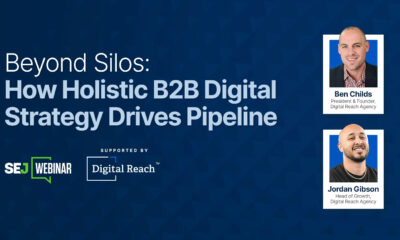
 SEO5 days ago
SEO5 days agoHow To Drive Pipeline With A Silo-Free Strategy




